The China National Space Administration and the National Museum of China jointly launched an exhibition at the Beijing Museum on Tuesday, showcasing the history and achievements of the nation's lunar exploration efforts.
The space administration said in a news release that the exhibition covers the historical background, milestones in research and development, major accomplishments, future plans in the Chang'e program, and a host of precious documents and items.
The two-month exhibition is the first in a series of events to publicize the spirit and knowledge about the Chang'e programs, it noted.
In January 2004, the central government approved plans for the first phase of the Chang'e program, marking the formal opening of China's lunar exploration mission.
After nearly four years of preparations, the first spacecraft stemming from the program — Chang'e 1 — was launched in October 2007 from the Xichang Satellite Launch Center in Sichuan province. It was tasked with verifying China's lunar probe technologies, obtaining lunar images and performing scientific surveys.
Since then, the country has made remarkable strides in lunar exploration in an incremental manner.
The Chang'e 3, launched in December 2013, was the first spacecraft to soft-land on the moon and touch down on lunar soil in nearly four decades since the Soviet Union landed its last lunar probe on the moon in August 1976. It released the first Chinese lunar rover, Yutu, on the moon.
The Chang'e 4, launched in December 2018, landed on the far side of the moon, becoming the first spacecraft to closely observe the little known "dark side of the moon". The probe also deployed a rover named Yutu 2.
In November 2020, the Chang'e 5 was launched to become China's first lunar sample-return mission. The probe landed on the moon's near side and recovered 1,731 grams of samples, the first lunar substances obtained since the Apollo era. It made China the third nation, after the US and the former Soviet Union, to retrieve lunar samples.
So far, Chang'e 5 samples have enabled Chinese researchers to achieve a number of academic advancements, including the discovery of the sixth new lunar mineral, named Changesite-(Y).
Changesite-(Y), which falls in the category of lunar merrillite, is the first lunar mineral discovered and identified by Chinese scientists.
The most recent mission, the Chang'e 6, was launched in May 2024, representing the world's first attempt to bring back samples from the far side of the moon.
After a series of complex maneuvers, the lander of the Chang'e 6 probe touched down at the South Pole-Aitken Basin on the lunar far side and worked for 49 hours, using a mechanical arm and a drill to collect surface and underground materials.
The unmanned mission successfully concluded in late June, retrieving a total of 1,935.3 grams of samples from the far side.
The samples have unique scientific value and will further expand knowledge about the moon's history and help to gear up the exploration and exploitation of lunar resources, according to the space administration.










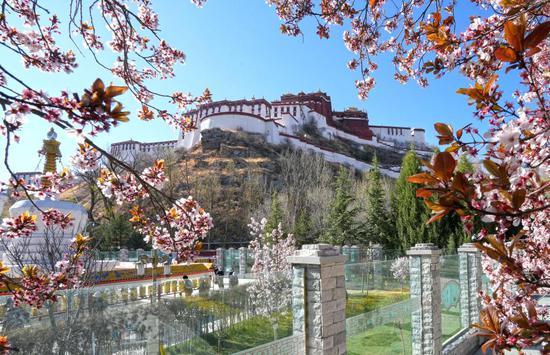
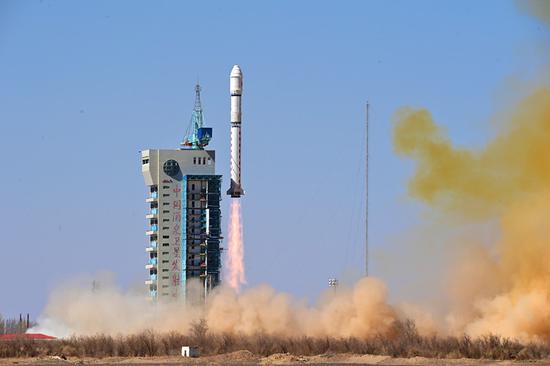
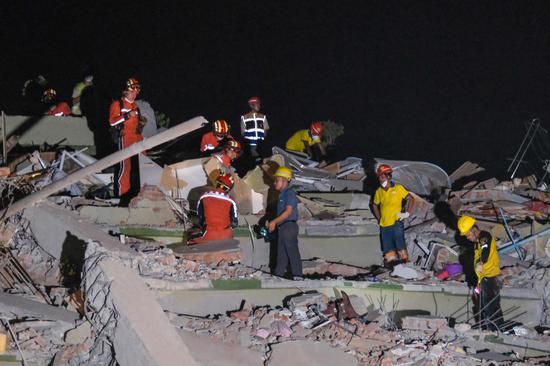
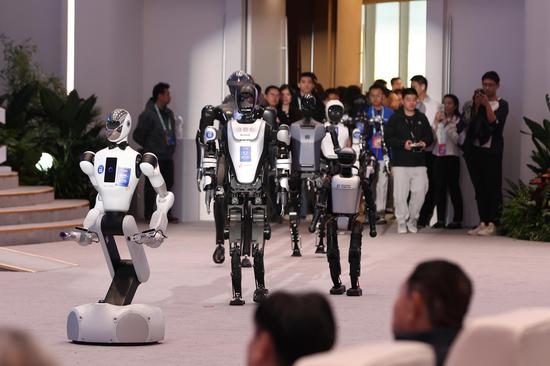

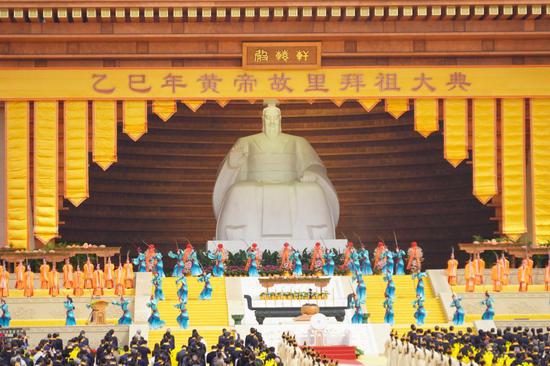












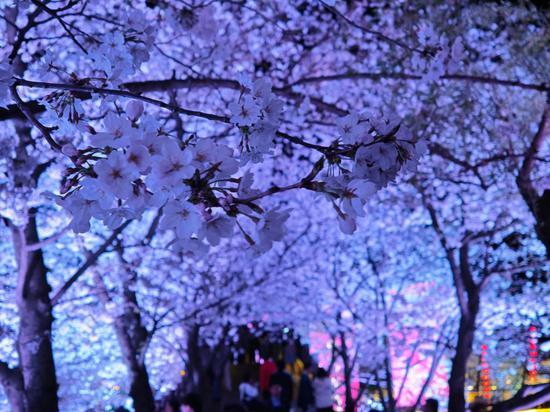

















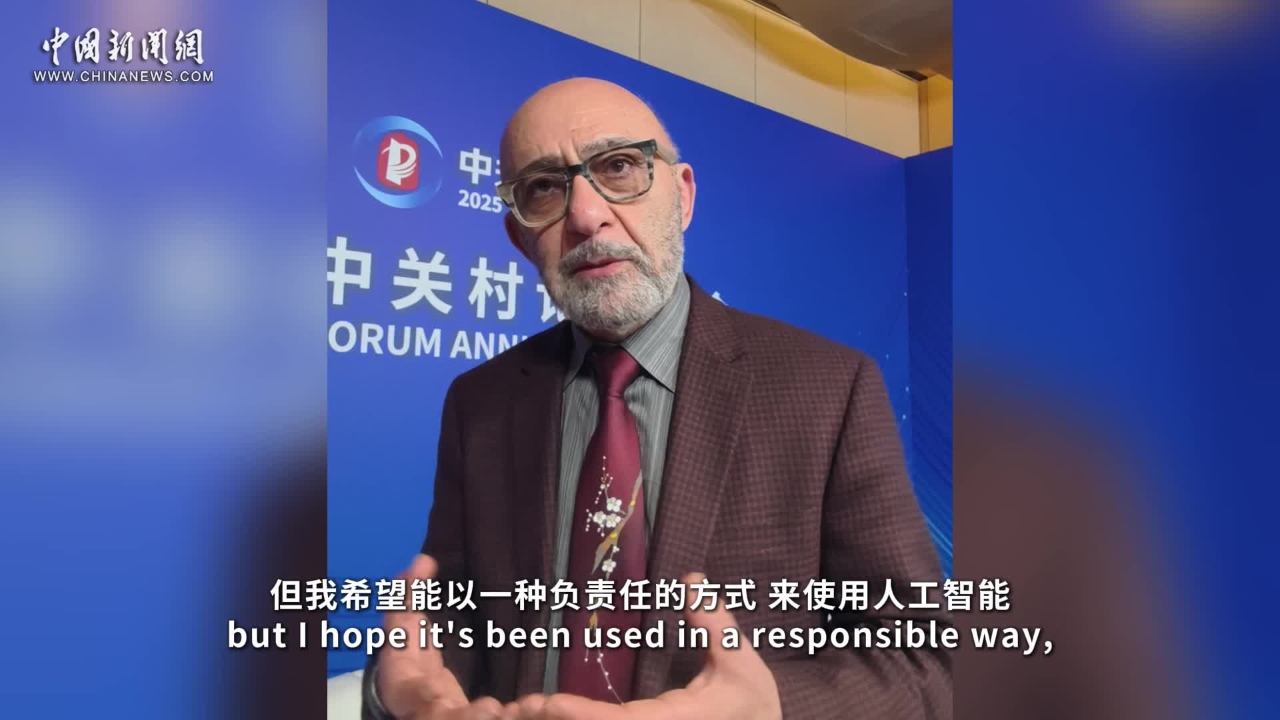



 京公網(wǎng)安備 11010202009201號
京公網(wǎng)安備 11010202009201號